Future and present telemedicine
According to the definition of the World Health Organization, “Telemedicine is a comprehensive concept for health systems, services and activities that can be remotely transmitted by means of information and telecommunication technologies, in order to develop global health care, control the spread of diseases, and education, management and research in medecine".
With the development of the field of information and telecommunication technologies, medicine is changing. The emergence of gadgets, cellular accessibility and the Internet, including mobile 3G and 4G, is changing the face of medicine. If twenty years ago it was mainly about telephone consultations, then over time even free software such as Skype allowed the patient to talk face-to-face with a doctor even from a pharmacy (there was a project in Europe several years ago where pharmacies were equipped with consultation cabins with doctors).
Moreover, the appearance of telemedicine is also changed by wearable gadgets. The heart rate monitor, first introduced in the 1970s, has now become an integral part of many smart watches. This is another source for collecting information that is useful to doctors for diagnosis and recommendations.
')
Telemedicine as one of the leading trends in recent years should attract a lot of attention from investors. Under the cut, I will try to talk about how telemedicine is changing now and thanks to what factors it happens.
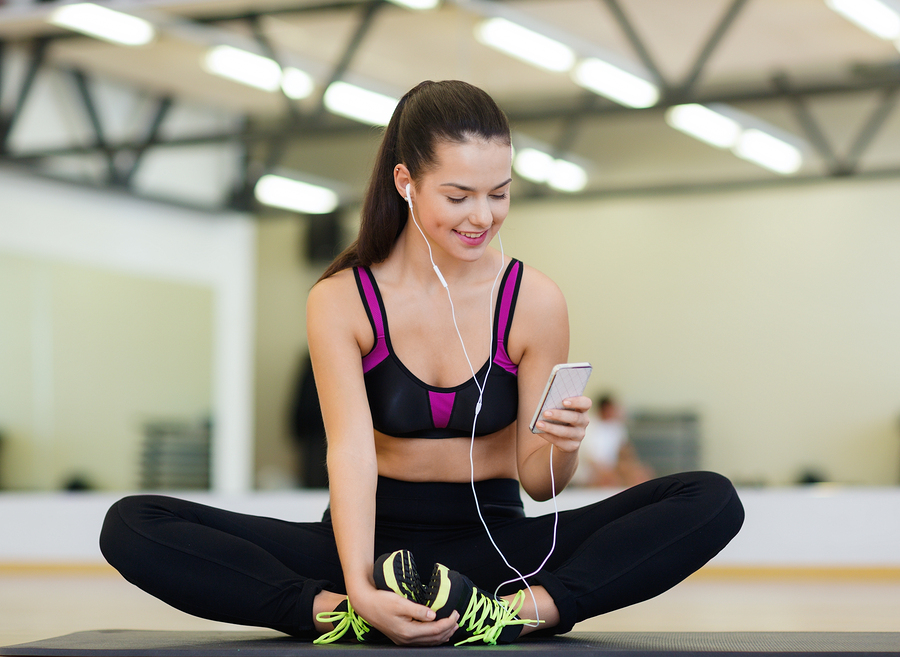
What are wearable gadgets now capable of? They collect information on movements, count the number of steps and measure the pulse. With the development of the industry, this data will become more and more accurate - as is known, as long as the pulse meters are not distinguished by surgical accuracy in their measurements.
The first ECG monitor heart rate, the company Polar, 1977. It uses optical pulse measurement technology, popular in modern devices.

The world's first sports smart watch Polar Sport Tester PE 2000 with a heart monitor and alarm clock.

Modern smart watches.
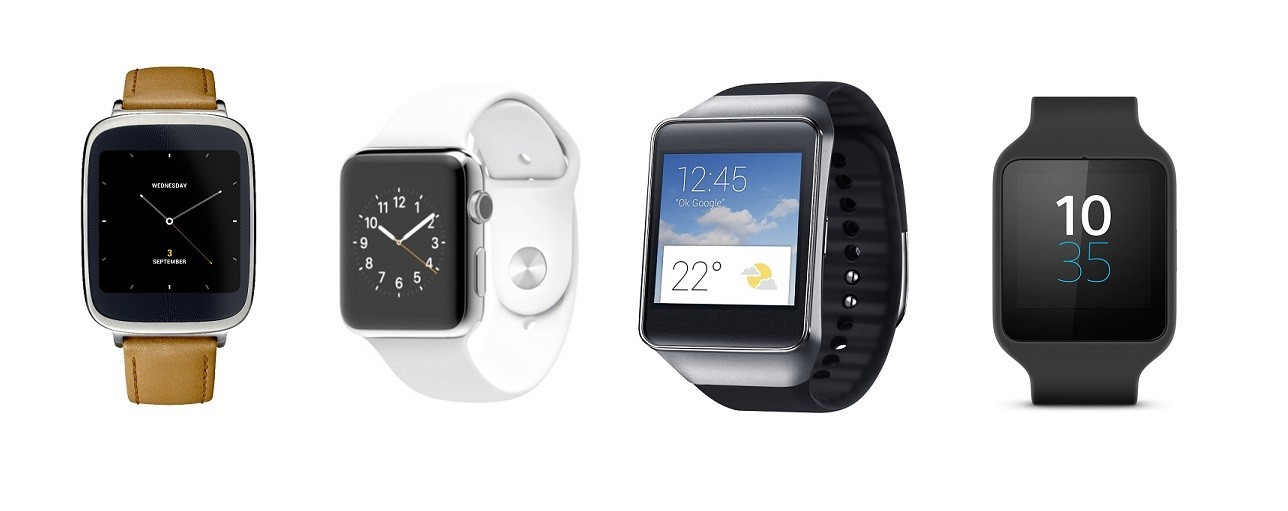
Integration with modern gadgets, such as fitness trackers and just smartphones that have sports apps and nutrition diaries installed, will allow doctors to get the maximum amount of information about the patient.
Thus, it is possible to create software that, at the same time, collects data about the patient's behavior, activity and nutrition from all the specified applications, after which he supplements this information with photos of instagram food and sends it to the clinic where the patient is undergoing treatment and counseling.
As one example of a home-based complex for collecting information, such as changing body weight, measuring blood sugar, as well as a blood pressure monitor and urinalysis, you can cite a toilet room Washlet, developed jointly by Toto and Daiwa House. Such a room from Japanese manufacturers costs at least $ 6,100, then the price rises depending on the necessary additions.

Probably, everyone knows about the robot surgeon Da Vinci. If not, then more: it is a two-block robot, with which the surgeon, sitting at the console, sees a 3D area with multiple magnification and works with joysticks, controls a four-armed robot, located at any distance from it.
Da Vinci is installed in hundreds of clinics around the world, and twenty devices are located in Russia.
This part works directly with the patient.
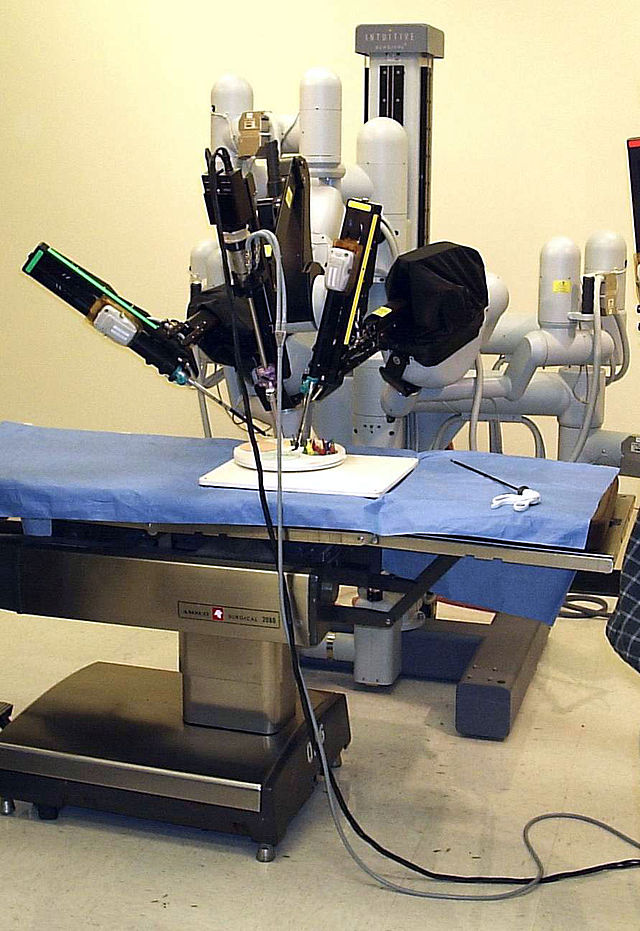
The direction of telesurgery itself appeared in the 1980s, and already in 1985 the first successful surgery was performed with a robot on the brain.
Robot surgery has a lot of advantages, including excluding the risk of infection by the surgeon - and this allows you to work anywhere, including areas under quarantine, reducing the risk of wound infection and minimal pain after surgery.
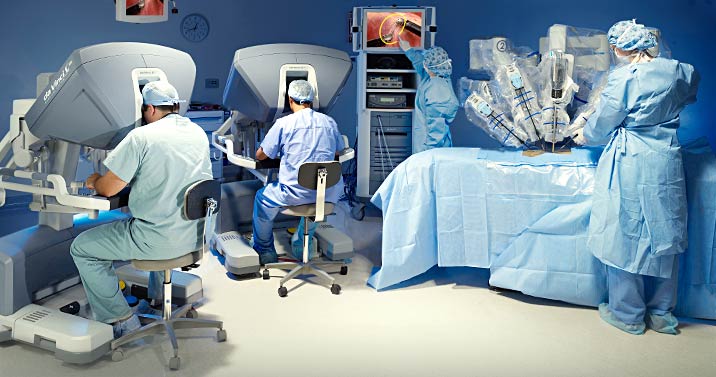
An excellent example of the use of telemedicine is in the episode "In the Ice" (Frozen) of the series "House MD". There, House hands one of the members of the expedition to treat a female doctor, forcing the guy to drill her head. The episode seems to be similar to tele-surgery, just not with the help of a robot, but with the help of a living person.
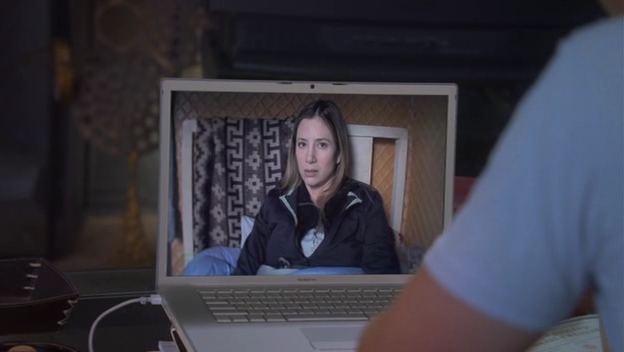
The data taken from the Jawbone UP and Jawbone UP24 bracelets once allowed to determine the epicenter of the earthquake. It's simple: the closer to the epicenter, the earlier people woke up in the middle of the night. And the farther away from him, the fewer people, in principle, responded to tremors.
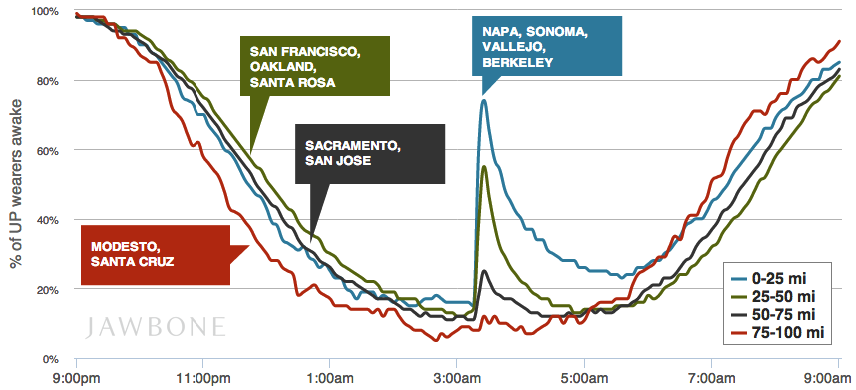
Having at our disposal data from a variety of wearable gadgets, you can already determine how people sleep, how their sleep depends on the availability of the metro in the city, on the need to travel long distances to work. And how many people sleep on weekends. Such studies have already been conducted .
And what if you use all this data for medicine? Understand how blood pressure affects the proximity to the asphalt plant or water?
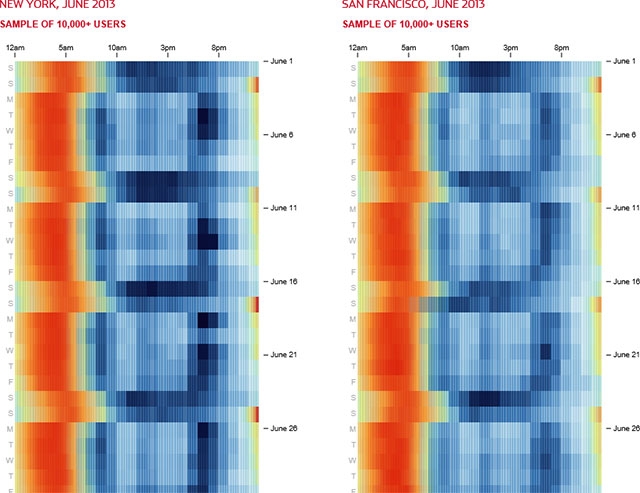
Do not forget: we are talking not only about bracelets, but also about other devices, including smartphones and tablets, as well as, possibly, surveillance cameras installed on the streets and in the premises, to determine the mood of people.
The facial recognition system, I think, will allow us to provide information on where in people and under what circumstances mood improves. For example, you can find out what kind of music played on an escalator in a subway will have a better effect on people rushing to work in the morning.
With the development of the field of information and telecommunication technologies, medicine is changing. The emergence of gadgets, cellular accessibility and the Internet, including mobile 3G and 4G, is changing the face of medicine. If twenty years ago it was mainly about telephone consultations, then over time even free software such as Skype allowed the patient to talk face-to-face with a doctor even from a pharmacy (there was a project in Europe several years ago where pharmacies were equipped with consultation cabins with doctors).
Moreover, the appearance of telemedicine is also changed by wearable gadgets. The heart rate monitor, first introduced in the 1970s, has now become an integral part of many smart watches. This is another source for collecting information that is useful to doctors for diagnosis and recommendations.
')
Telemedicine as one of the leading trends in recent years should attract a lot of attention from investors. Under the cut, I will try to talk about how telemedicine is changing now and thanks to what factors it happens.

Wearable devices for collecting information
What are wearable gadgets now capable of? They collect information on movements, count the number of steps and measure the pulse. With the development of the industry, this data will become more and more accurate - as is known, as long as the pulse meters are not distinguished by surgical accuracy in their measurements.
The first ECG monitor heart rate, the company Polar, 1977. It uses optical pulse measurement technology, popular in modern devices.

The world's first sports smart watch Polar Sport Tester PE 2000 with a heart monitor and alarm clock.

Modern smart watches.

Integration with modern gadgets, such as fitness trackers and just smartphones that have sports apps and nutrition diaries installed, will allow doctors to get the maximum amount of information about the patient.
Thus, it is possible to create software that, at the same time, collects data about the patient's behavior, activity and nutrition from all the specified applications, after which he supplements this information with photos of instagram food and sends it to the clinic where the patient is undergoing treatment and counseling.
Telemedicine complexes as part of a smart home
As one example of a home-based complex for collecting information, such as changing body weight, measuring blood sugar, as well as a blood pressure monitor and urinalysis, you can cite a toilet room Washlet, developed jointly by Toto and Daiwa House. Such a room from Japanese manufacturers costs at least $ 6,100, then the price rises depending on the necessary additions.

Remote surgery
Probably, everyone knows about the robot surgeon Da Vinci. If not, then more: it is a two-block robot, with which the surgeon, sitting at the console, sees a 3D area with multiple magnification and works with joysticks, controls a four-armed robot, located at any distance from it.
Da Vinci is installed in hundreds of clinics around the world, and twenty devices are located in Russia.
This part works directly with the patient.

What operations are performed with the use of Da Vinci
• Recovery of the mitral valve
• Myocardial revascularization
• Ablation of heart tissue
• Installation of an epicardial electronic heart stimulator for biventricular resynchronization
• Gastric bypass
• Fundoplication by Nissen
• Hysterectomy and myomectomy
• Spinal surgery, disc replacement
• Thymectomy - an operation to remove the thymus gland
• Lobectomy of the lung
• Esophagectomy
• Mediastinal tumor resection
• Radical prostatectomy
• Pyeloplasty
• Bladder removal
• Radical nephrectomy and kidney resection
• Ureteral reimplantation
• Hydrocatenation of brain tissue
• Thyroidectomy
• Tonsillectomy
• Myocardial revascularization
• Ablation of heart tissue
• Installation of an epicardial electronic heart stimulator for biventricular resynchronization
• Gastric bypass
• Fundoplication by Nissen
• Hysterectomy and myomectomy
• Spinal surgery, disc replacement
• Thymectomy - an operation to remove the thymus gland
• Lobectomy of the lung
• Esophagectomy
• Mediastinal tumor resection
• Radical prostatectomy
• Pyeloplasty
• Bladder removal
• Radical nephrectomy and kidney resection
• Ureteral reimplantation
• Hydrocatenation of brain tissue
• Thyroidectomy
• Tonsillectomy
The direction of telesurgery itself appeared in the 1980s, and already in 1985 the first successful surgery was performed with a robot on the brain.
Robot surgery has a lot of advantages, including excluding the risk of infection by the surgeon - and this allows you to work anywhere, including areas under quarantine, reducing the risk of wound infection and minimal pain after surgery.

An excellent example of the use of telemedicine is in the episode "In the Ice" (Frozen) of the series "House MD". There, House hands one of the members of the expedition to treat a female doctor, forcing the guy to drill her head. The episode seems to be similar to tele-surgery, just not with the help of a robot, but with the help of a living person.

Big data in telemedicine
The data taken from the Jawbone UP and Jawbone UP24 bracelets once allowed to determine the epicenter of the earthquake. It's simple: the closer to the epicenter, the earlier people woke up in the middle of the night. And the farther away from him, the fewer people, in principle, responded to tremors.

Having at our disposal data from a variety of wearable gadgets, you can already determine how people sleep, how their sleep depends on the availability of the metro in the city, on the need to travel long distances to work. And how many people sleep on weekends. Such studies have already been conducted .
And what if you use all this data for medicine? Understand how blood pressure affects the proximity to the asphalt plant or water?

Do not forget: we are talking not only about bracelets, but also about other devices, including smartphones and tablets, as well as, possibly, surveillance cameras installed on the streets and in the premises, to determine the mood of people.
The facial recognition system, I think, will allow us to provide information on where in people and under what circumstances mood improves. For example, you can find out what kind of music played on an escalator in a subway will have a better effect on people rushing to work in the morning.
Source: https://habr.com/ru/post/238937/
All Articles